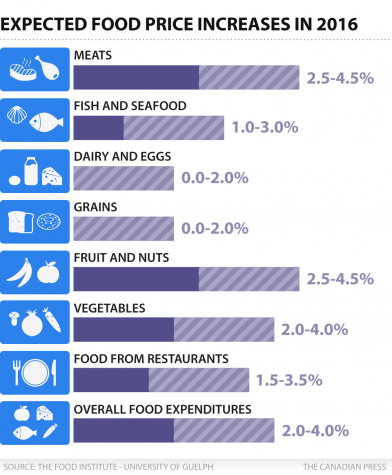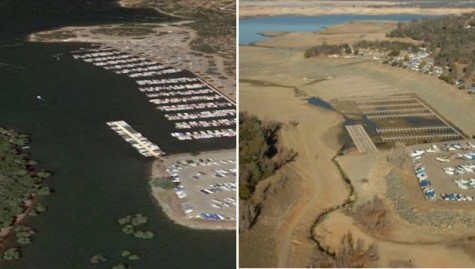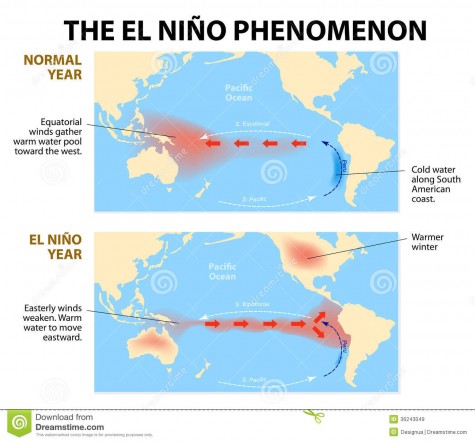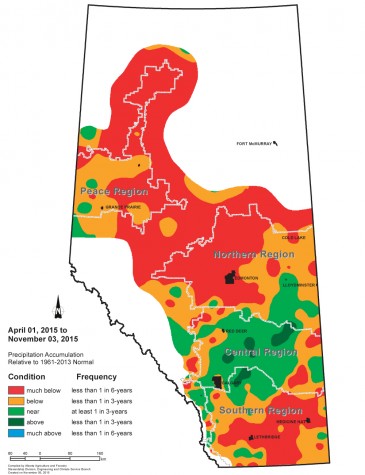«What’s The Option? Not Eating?»
For the fourth year in a row, the increase in food prices is expected to outpace inflation this year.
Average Canadian household will spend $8,631 on food in 2016, an increase of about $345, according to estimations made at the Food Institute of the University of Guelph. Sylvain Charlebois, professor of Business and Economics, said «In a zero-growth, zero-interest rate environment, where salaries aren’t increasing as much, it becomes challenging for consumers to have access to affordable food.»
Let’s keep in mind that most households spend less than seven per cent on their budget on food. That’s under half of what European households spend.
The price of meat, fruits, vegetables and nuts will lead the price increases. The cost of dairy, eggs and grains will largely remain stable, predicted to see the most modest increases, or even none at all.
Canada is actually the only industrialized country in world right now with a food inflation rate of over three per cent.
Many shoppers in Calgary said they were feeling the pinch.
«It seems to have gotten considerably more expensive over the last year», one female shopper said.
A male shopper said he really didn’t see any way of avoiding the extra cost. «What’s the option? Not eating?», he said.
Specialists say it’s hard to predict inflation, and that the worst is yet to come, but what affects it so much? Let’s have a more in-depth look at one of these factors.
The weather and climate changes play an important role in all of this. The drought in California has pushed up fruit and vegetable prices in 2015.

But 2016 is calling for a big El Nino. A study notes that meteorologists are expecting it to be a «significant factor», causing more rain.
El Nino is a natural phenomenon that happens when surface water’s temperature rises by 0.5°C beyond the normal over a period of five consecutive months due to a hot water mass displacement from west to east in the Pacific Ocean. In certain zones, surface water heated up to 2.5°C above the normal.
The phenomenon occurs every two to seven years, alternating with La Nina, its opposite.

Temperature changes cause storms that condense and trap the air above the region, beating drafts such as the jet stream. This humid air on the Pacific coast brings back snow or rain precipitations on America.
This year, the super El Nino will be reaching a size equivalent to twice the surface of the United States.
Parts of western Saskatchewan and eastern Alberta have received less than 40% of normal rainfall since April 1st of 2015, according to Agriculture and Agri-Food Canada.
Alberta’s hay and pasturelands are showing “the full effects” of insufficient moisture. With less free feed on their land, such as grass, ranchers are buying more hay, sending prices up to $120 a metric ton compared to $90 in May, a 33% price increase, provincial data show. Some areas may even run out of supply…

Those were the mainlines of how the weather can highly affect inflation. There is still work to do but let’s hope that the predictions about this El Nino phenomenon will be accurate and luckily, the province of Alberta will get more rain in the nearest future due to this. That would surely help ranchers and it would probably low down a bit meats’ prices.
In following articles, I’ll be talking about other problems that affect groceries shopping’s prices such as currency fluctuations and I’ll share some tips to help you deal with increased food costs.






